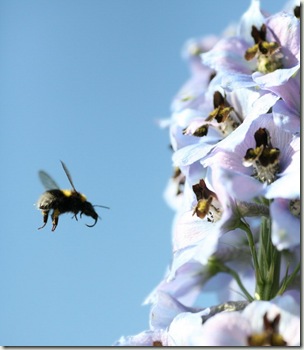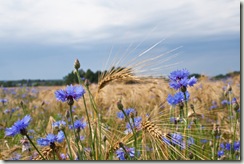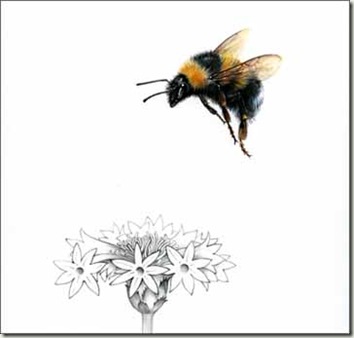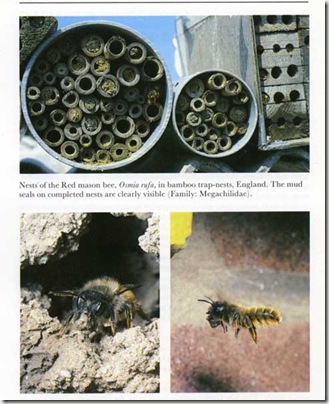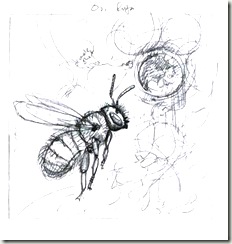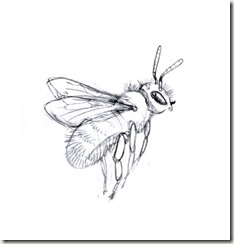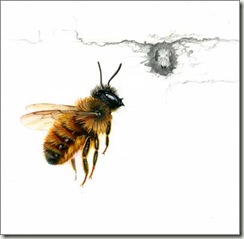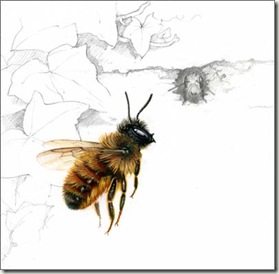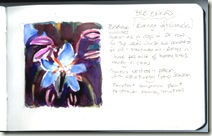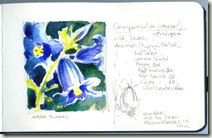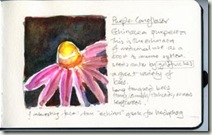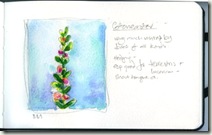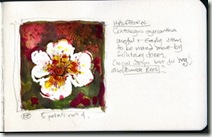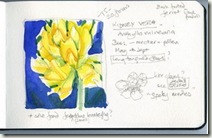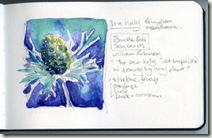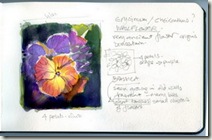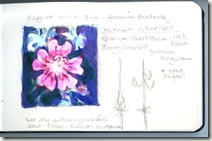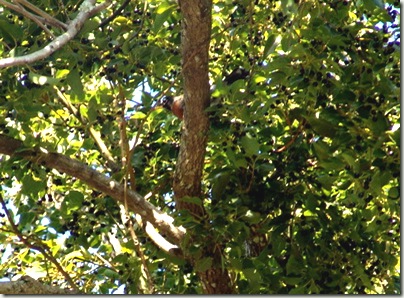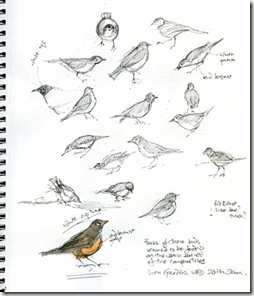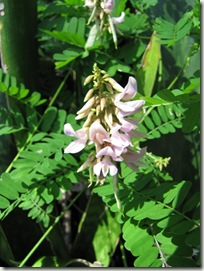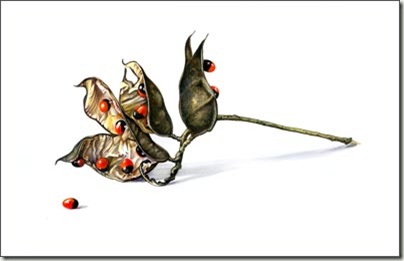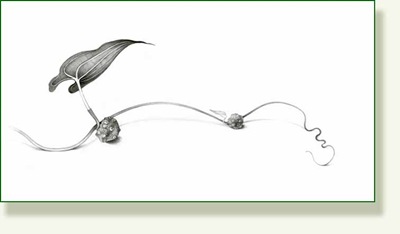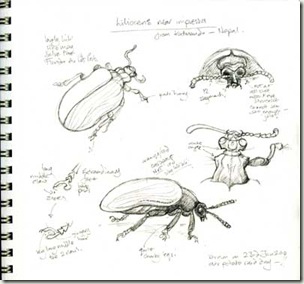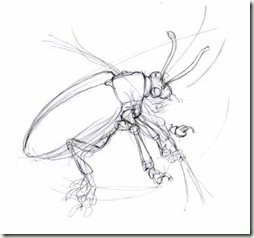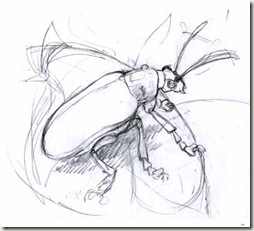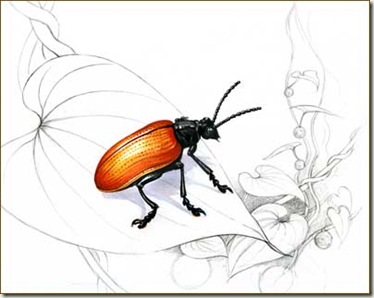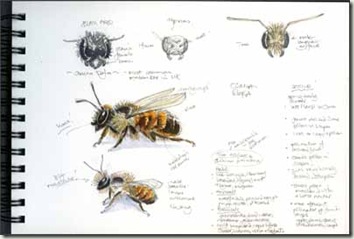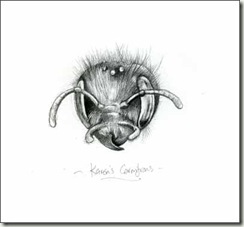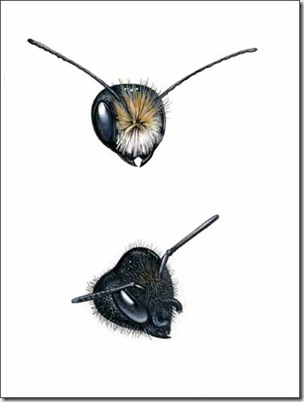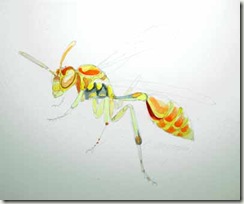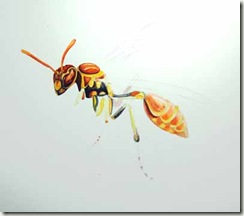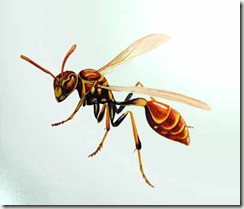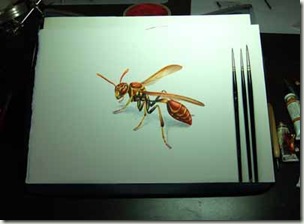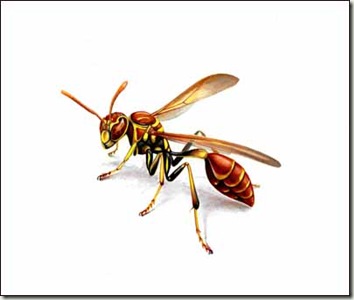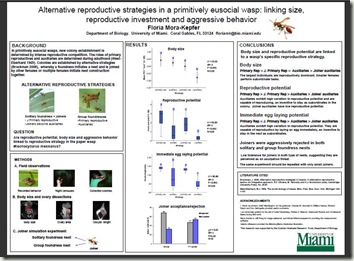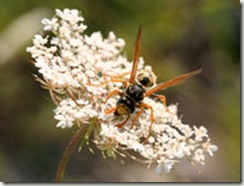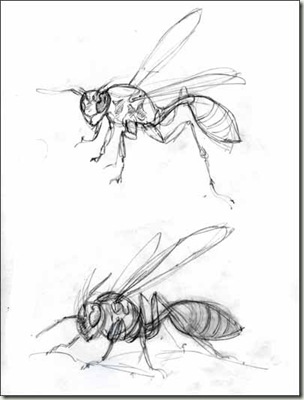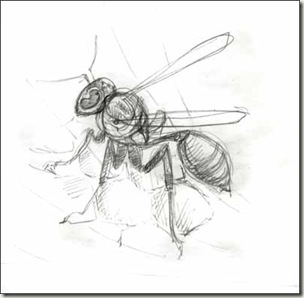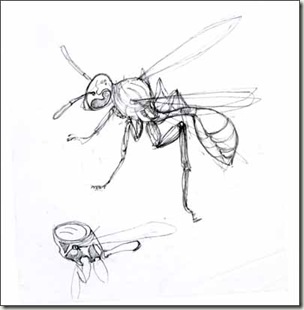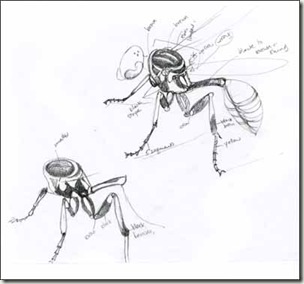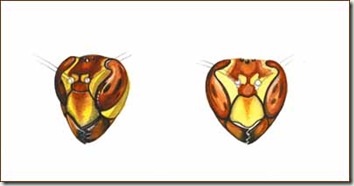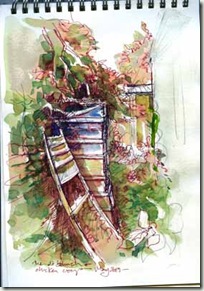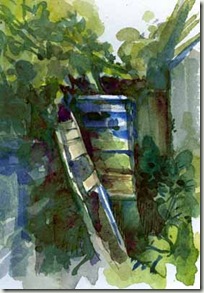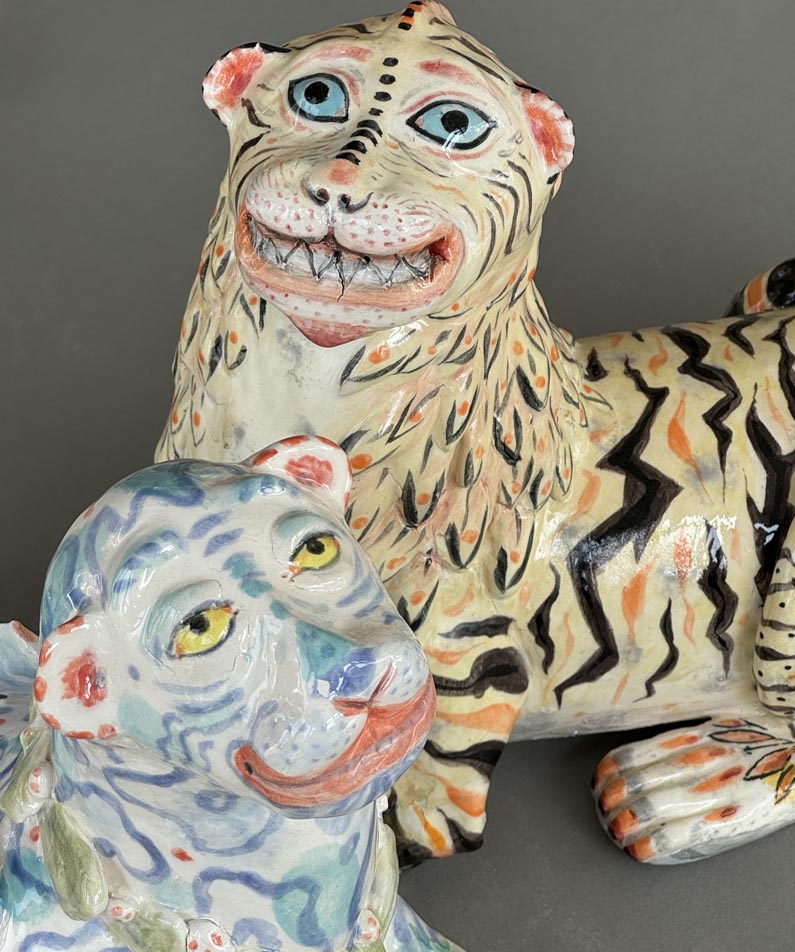We are back from an unexpectedly eventful break, mainly because we, the non sports aware Brits had managed to arrange a night in Miami on Friday, not realising it was Super Bowl weekend.
So South Beach was one big party and our visit to Jungle Island was completely fascinating as we had Jeff with us, who designed the whole ecosystem there. But it’s back to bees now, and number one for the proposed show.
The Garden Bumble Bee, Bombus hortorum.
I have written about this bee before, when I first started the bee project back in October. This is the Bumble Bee with the long face and the longest tongue.
Their tongues may be 12 mm long, almost the length of their entire body, but can reach just over 2 cm when at full stretch. These long tongues help them to access the nectar from flowers with long tubular structures as in red clover, cowslips, foxglove, vetches and lavender. If you can watch these bees you will see them unfurling their tongues as they approach the flower
Here from Shutterstock is a wonderful photograph by Niels van Gijn which shows what I am sure must be B hortorum about to make contact with a tall delphinium.
This passage below explains a little about how they achieve pollination of such tall flower spikes and comes from Val Bourne’s excellent UK Gardening, site here.
“If you watch bumble bees visiting a foxglove, or any other flower spike, they always start at the bottom and work upwards. These lower flowers are rich in nectar and as the bumble bee diligently works up the spike, it eventually reaches flowers without any but which are pollen rich. Liberally dusted the bee goes in search of more nectar – so transferring pollen from the upper flowers of the first spike to the lower petals of the next it visits. Thus cross pollination takes place and seed is set.”
She has more information about bumble bees and bumble bee plants too which I shall be returning to in a future post.
The Cornflower
All bumble bees like flowers from the Knapweed family (Centaurea), which includes one of my very favourite “wild” flowers, the Cornflower, Centaurea cyanus.
In its truly wild form it is a rare thing and I can’t remember when I last saw it actually growing wild.
At Plantlife, the UK charity working to protect Britain’s wild plants, you can adopt one and help prevent them from becoming extinct, however I am not sure how the wild species differ from the garden variety, which I would always include in annual sowings.
Image by David Koloechter from Shutterstock.com
it’s a fascinating flower with its beautiful blue colour, anthocyanin, a pigment which is responsible for the red, purple, and blue colors of many plants.
The blue dye obtained from the petals is edible, as are the flowers, which you can use to pretty-up a salad. And, surprising to me, they are included in Twinning’s Lady Grey tea which is favourite of mine… especially with toast and honey:)
The Painting
The main focus for this set of paintings is, again, on the bees.
But this time I planned them to contain more than the studies I made for Deborah. So most will have a simple pencil addition of some sort. I dithered for almost a day about this, how big, how small, how much, what position?
I am not fulfilling a strictly scientific brief here and never really could or would want to. My aim is rather to portray something of the essence and character of the bees and add something that relates to them.
In the end I made a bigger gap between the flower and the bee than I had originally planned on my tiny thumbnail sketch. I prefer the separation and therefore, (following in my hero Mark Catesby’s footsteps) don’t have to worry too much about relative scale.
I may add more later but will live with this for now. This is really a development of the first hortorum I painted but a slightly altered pose and more refined (and correct) detail.
The Garden Bumble Bee, Bombus hortorum, with Cornflower, Centaurea cyanus.
Watercolour and pencil on Arches HP. 6 x 7 inches

